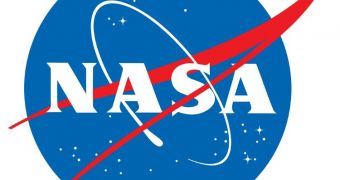Officials at the American space agency announce that NASA had just initiated its newest advanced project, the Game Changing Technology Development program. Its goal is to develop highly-advanced technologies that would boost our ability to explore deep-space in the near future.
Already, the agency has selected two potentially game-changing technologies for further research and development. Representatives say that the two revolutionary approaches to viewing space travel might help us achieve our objectives of visiting other planets and asteroids faster than originally calculated.
At the same time, the project seeks to reduce the costs space programs generally place on the government, ensuring a higher degree of efficiency in spending taxpayers' money. The most difficult thing to accomplish is combining cost-efficiency with advanced capabilities.
Although the two technologies NASA decided to fund under the CCTD program may not seem like much to the untrained eye, both of them have a huge potential, both for innovating space exploration right away, and in providing a solid basis for future developments.
“NASA's Game Changing Technology Development program uses a rolling selection process to mature new, potentially transformative technologies from low to moderate technology readiness levels – from the edge of reality to a test article ready for the rigors of the lab,” Michael Gazarik explains.
“These two new projects are just the beginning. Space Technology is making investments in critical technology areas that will enable NASA's future missions, while benefiting the American aerospace community,” adds the expert, who is the director of Space Technology at NASA Headquarters.
The first concept – for which NASA awarded about $3 million to several companies – is called “Ride the Light” and is focused on creating spacecraft with the ability to receive power from external sources on demand. The technology could naturally be used for other applications as well.
Areas of research in this direction include studying beamed power and propulsion technologies, as well as how to underlie them with commercially available power sources such as lasers and microwave energy. In the future, space probes may be powered by beams of light sent from Earth.
The second project revolves around creating a prototype battery that would respect the low-temperature, high-efficiency standards NASA is interested in. This study will be conducted by Menlo Park, California-based Amprius Inc.
The company will conduct this research in cooperation with experts at the NASA Jet Propulsion Laboratory (JPL), in Pasadena, and the Glenn Research Center (GRC), in Cleveland. The collaboration will receive about $710,000 annually for this investigation.
Amprius captured the space agency's eye after developing a unique ultra-high capacity silicon anode for lithium ion batteries, which NASA believes might improve the performances of its rechargeable batteries by a wide margin.

 14 DAY TRIAL //
14 DAY TRIAL //